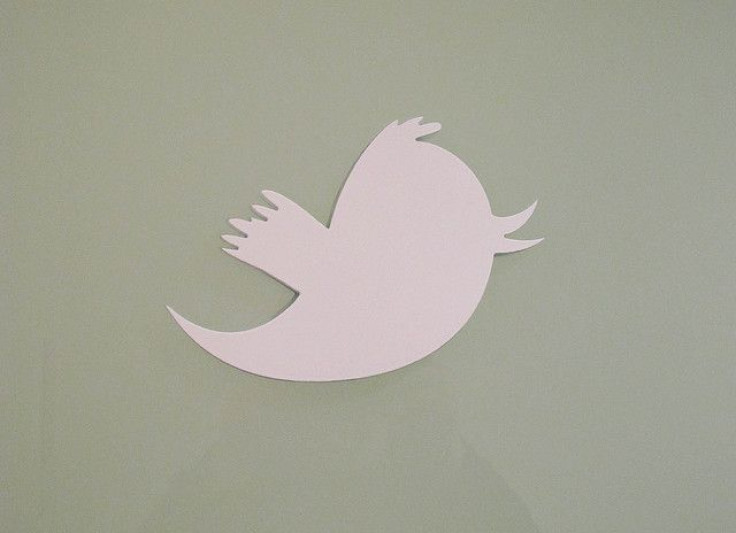Twitter And The Brain: 140 Characters To Increased Emotional Arousal, Relevance, And Memory?

Twitter is basically an oracle. Science has shown data from the popular social network can be used to show a person when they’re happy, free, confused, and lonely at the same time. Wait. That’s not right. Seriously, several studies have shown data culled from the popular social network can predict everything from a person’s emotions, opinions, dietary choices, to the likelihood their relationship will end. What so appealing about 140 characters anyway?
A small new study from market research company Neuro-Insight thinks there’s something larger at work in this situation: your brain. Using a technique called steady-state topography — a method used to observe and measure human brain activity — researchers measured mental activity of 114 volunteer Twitter users. Researchers then compared this time on Twitter to otherwise time online.
What they saw were higher responses in the parts of the brain corresponding with emotional arousal, personal relevance, and memory in comparison to a user’s "normal activity." The network apparently elicits 95 percent more emotion from active Twitter users. But researchers noticed that even users not as invested in their Twitter experienced 64 percent more emotion. “The way that messages are delivered drives a strong emotional response,” Heather Armstrong, chief executive of Neuro Sight, told The Guardian. “It’s very short and sharp, it’s very immediate, and it’s appearing in your own context.”
It’s also extremely relevant. Users pick and choose who they want to follow, and this stream of targeted information affects the way users respond to it. Yet, more interesting is the way Twitter impacts memory. Actively paying attention to 140 characters “drives 56 percent greater memory encoding than the average website.”
On the other hand, Niall Moore, a neuroscientist at UCL, told Guardian the study “has not been peer-reviewed and their methods are not clearly explained. … I’m pretty skeptical of the whole thing, and I think they are making really quite unrealistic claims.” Removing Twitter from the equation, Edutopia — director George Lucas’s education foundation — reported this kind of relevant, meaningful activity that builds connection and engagement are what help build neural connections and capacity for long-term memory.
Put another way, neurologist and former teacher Judy Willis said, "The brain stores information in the form of neural pathways, or networks. If a student acquires new information that's unrelated to anything already stored in his brain, it's tough for the new information to get into those networks because it has no scaffolding to cling to. Effective teaching helps students recognize patterns and put new information in context with the old — a crucial part of passing new working memories into the brain's long-term storage areas.”
OK, so Twitter isn't a classroom. But it does incorporate a classroom's basic idea: a place for people to connect and engage with knowledge and information, whether that knowledge and information is related to the brain or the scientific reasons we’re drawn to Kim Kardashian’s butt. No judgement.



























